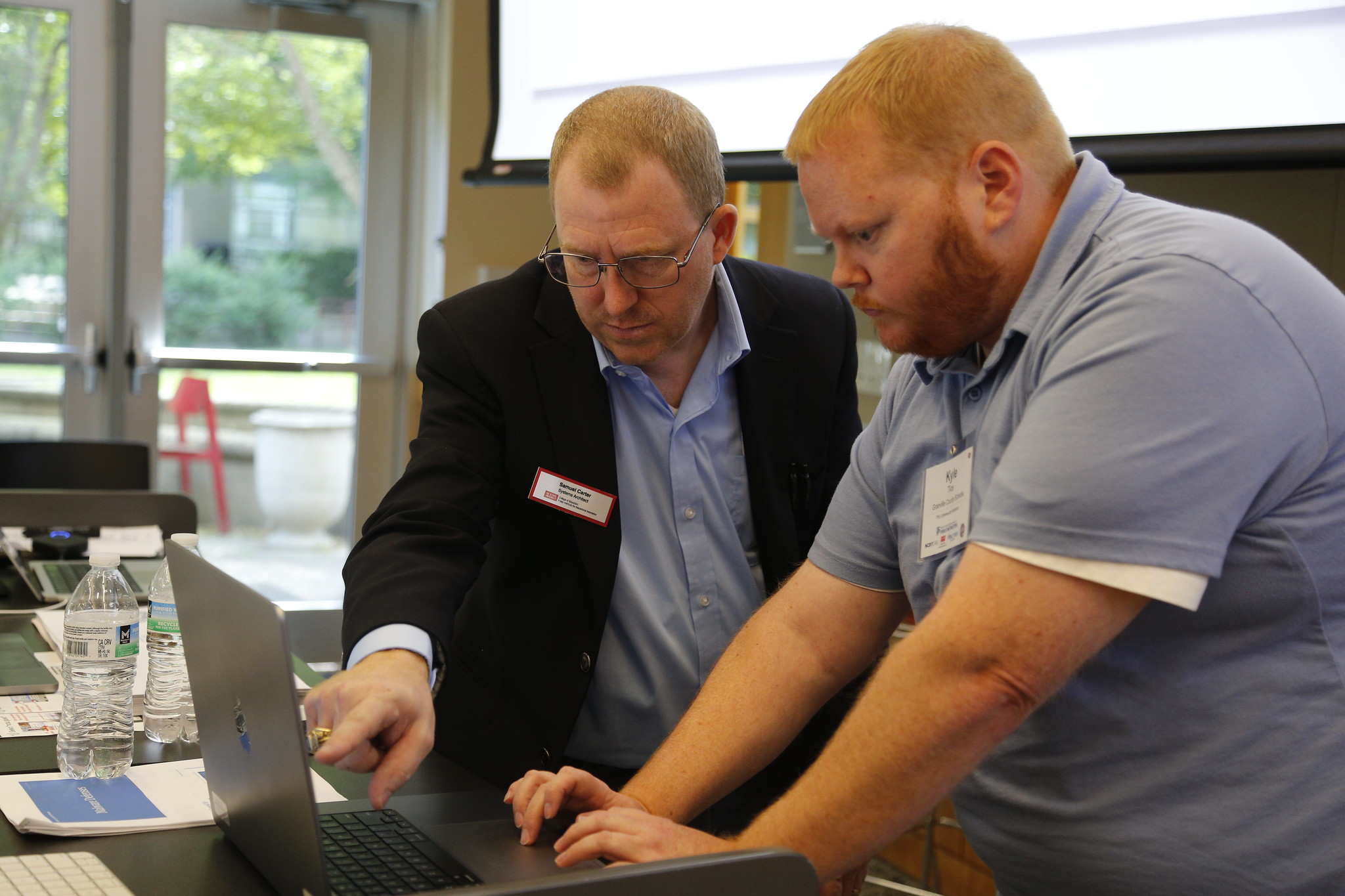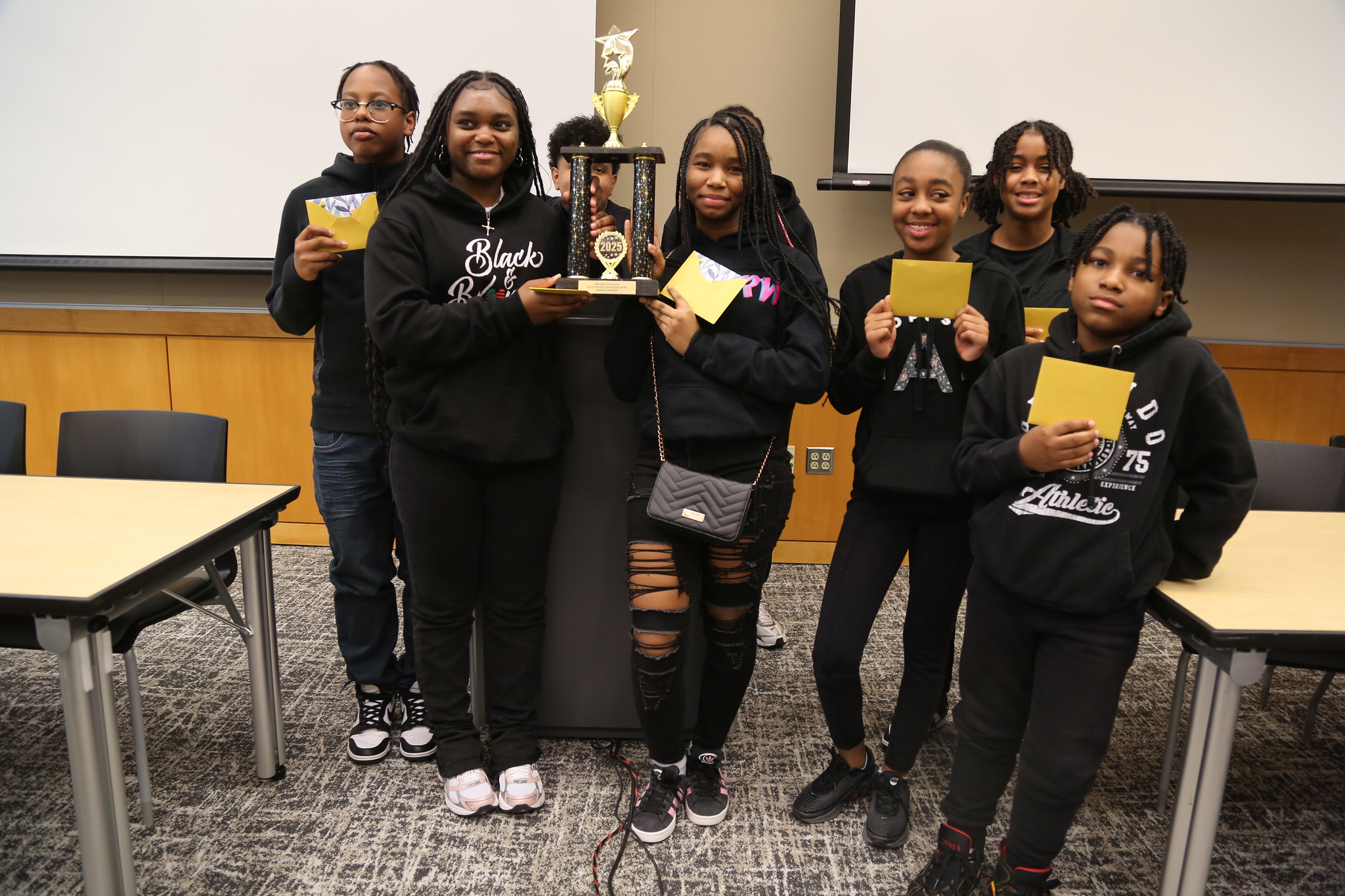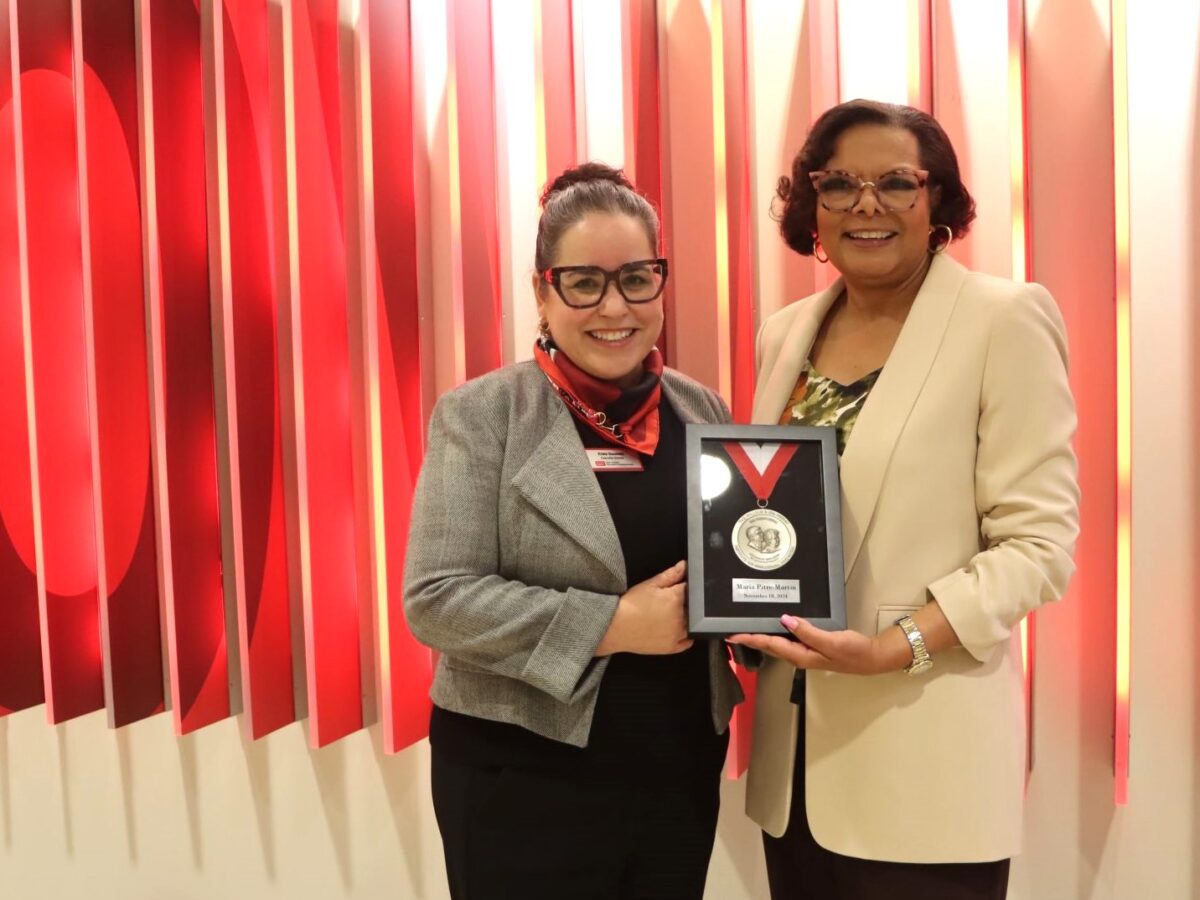From Walk-and-Talk to Think-and–Do by Weiyan Xia

This week, at The Friday Institute, we had another active discussion about what we read in the last 3 chapters of Jin Li’s book, Cultural Foundations of Learning. These three chapters talk about the role of parents, especially mothers, in cultivating children, as well as western and east-asian speaking styles and the implications and challenges for education and learning. Dr. Spires helped us link his theories with real examples; we found quite a few during the Centennial Campus Magnet Middle School visit last Friday. Three useful methods we were able to link from Li’s account to CCMMS include:
Think-Pair-Share: First, pose a question, think about it, pair up to discuss it, and then share what you have. In this way, you can get different dynamics from your peers and colleagues. You get to view things from others’ perspectives.
Walk-and-Talk: First, think about what you have read, and then link it with what you have observed or what you have done in practical teaching. The core of this method is to get the connection between the theory and the reality. This is a very good way to link the theory you’ve learned and read with your future actions. American graduate courses are a bit different from Chinese ones. Professors do not deliver very much lectures. They let you read a lot and share your reflections. Through this, students can dig deeper and eventually be able to synthesize their opinion. Physically, you get to walk around in the classroom to stretch and refresh a little bit; mentally, you share reflections and connect from various angles.

Think-and-Do: On this Tuesday evening, we had a special class about integrated subjects. This class was based on an old traditional children rhyme, Jack and Jill. We were separated into different groups with different tasks, such as creating a song for Jack and Jill, relating 2 theories that Jack and Jill possibly originated from, creating a math problem according to its setting, designing a promotional poster for its opening evening with a specific Artist’s style and by only the tools provided, and writing a 4-scene play in Shakespearean style. All of these activities were based on what we learned from the course of Teaching Foundations of Young Adult. The professor did not give us a lecture on how to integrate subjects in teaching. Instead, she showed us!

On the campus of NC State, we can see banners with “Think-and-Do” almost everywhere. As a major research university, I think, a main goal is to make this founding idea a reality. As graduate students of NC State, our goal is not just to get a degree, but to apply what we learn into what we do.At NC State, ideas become solutions. Out of NC State, we will extend this into what we will do at BRS.
From September 19th to 21st, the 29th Annual International Festival of Raleigh was celebrated at the Raleigh Convention Center. All of our BRS teachers attended with the help of Dr. Ivonne, Ruohan and Elena.

The theme for 2014 was “Natural Wonders”. There are three ways to participate in this Festival:
- Taste your way around the world at the sidewalk cafes.

There were food-stands from many countries that serve authentic local food from that country. You can taste around the world without a single flight ticket! We tried a lot of delicious food, the Dutch fish, Dutch dumplings (actually they are donuts), Japanese bubble tea, Philippine chicken, and lots more!
- Learn about history, culture and customs.

There were also cultural booths for countries. They are not just a display of that country, every visitor can get a “Passport” and a question sheet from the “Passport Office” of the festival and join in the Passport Scavenger Hunt. You need to visit as many stands as you can to get a stamp of those countries. To get the stamp, you need to answer the questions or ask them your questions on your question sheet. If you finished all the questions on the sheet, you received a give from the Passport Office.
- Watch and participate in ethnic dances. There are stages around the venue of the Festival. On the stage, you can watch the ethnic dances from different countries and also participate in the dances.
While we were walking around the venues, we could see children holding passports and question sheets, visiting every cultural booth and answering the questions carefully. Their parents were following them but not helping them. Kids are interested in the process because they are motivated by the gift following the scavenger hunt. By the time they completed the challenge, they had learned a lot about the natural wonders of each country. BRS has a Science Fair, and I have held an English Fair, but I think I’ve learned new ways from this event to get people participating and interacting.

Weiyan Xia
- Categories:


